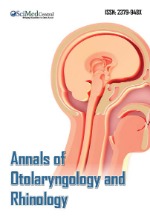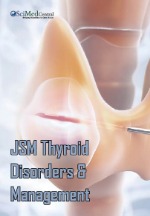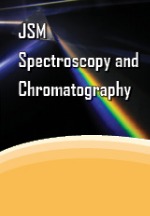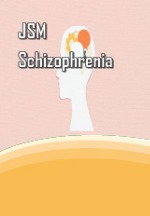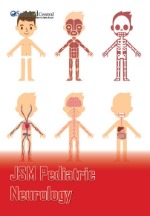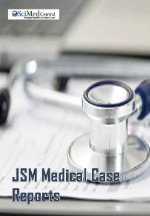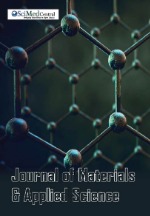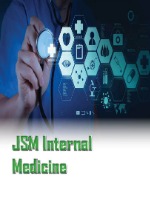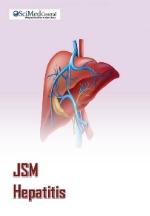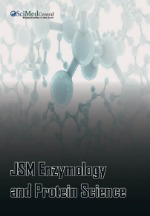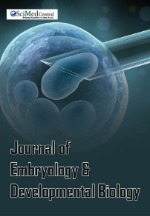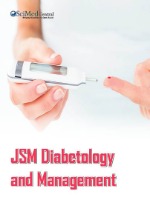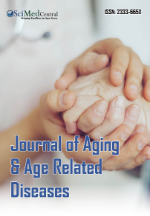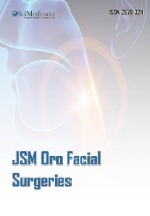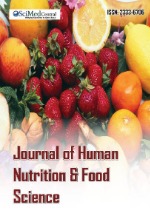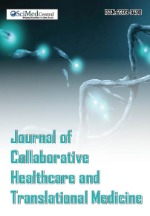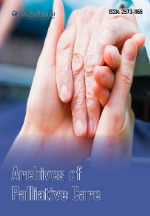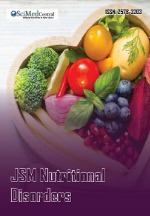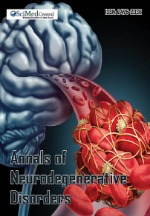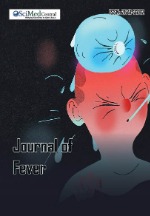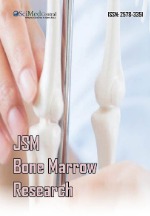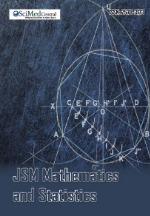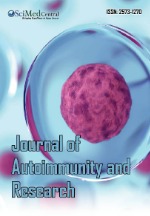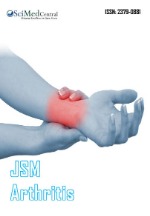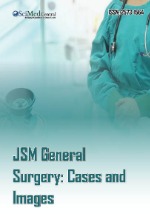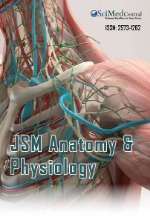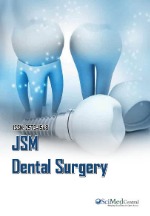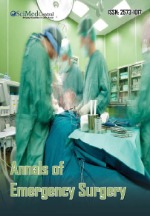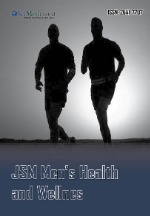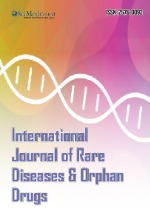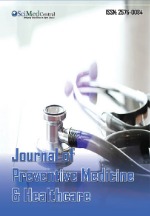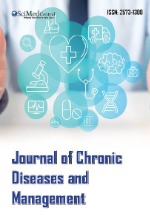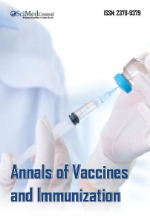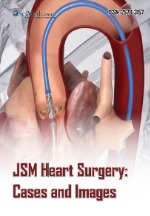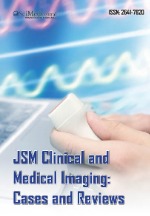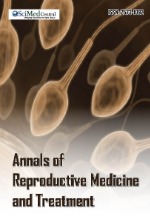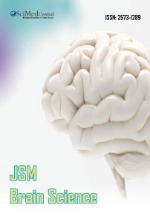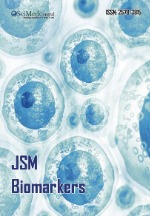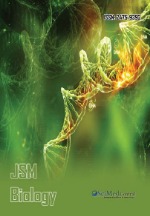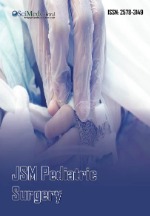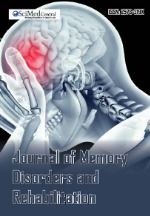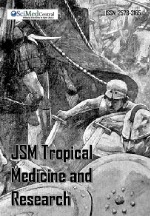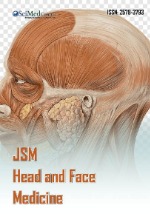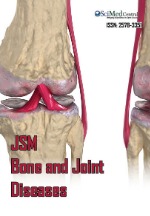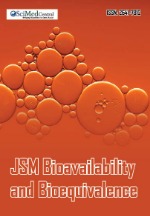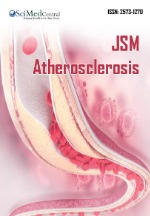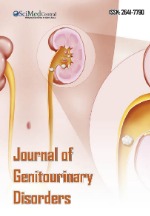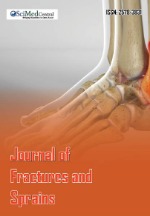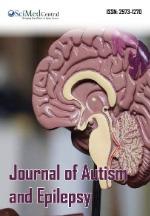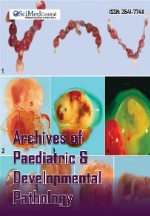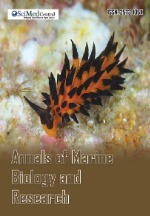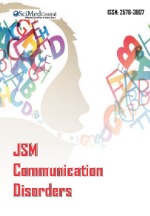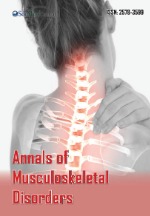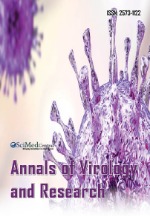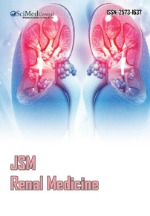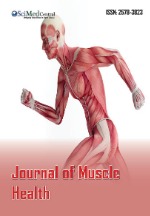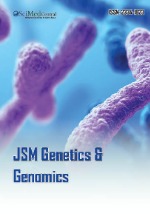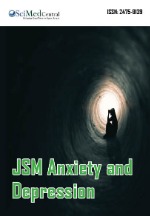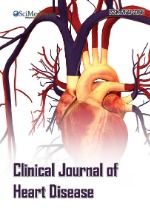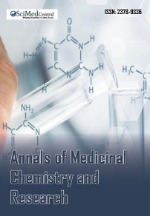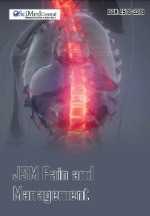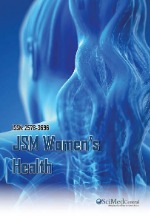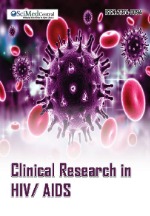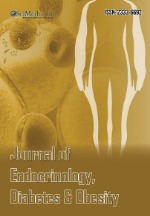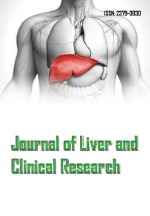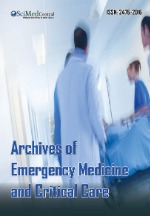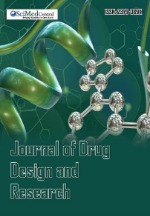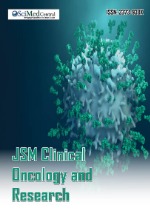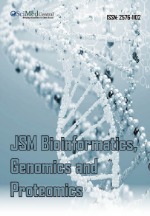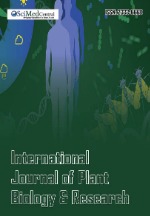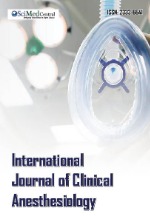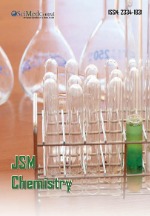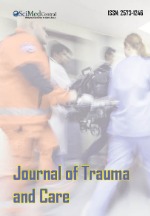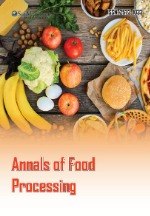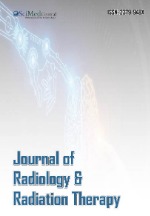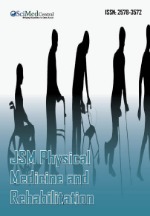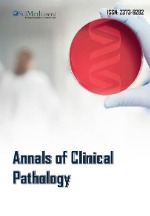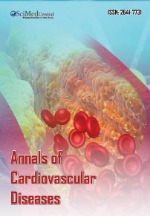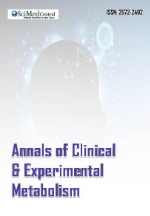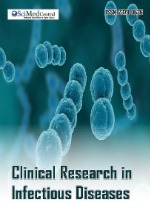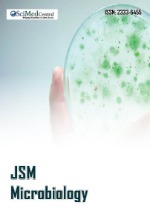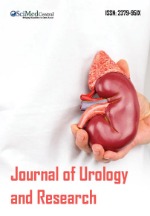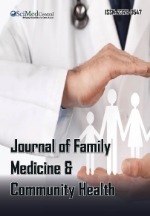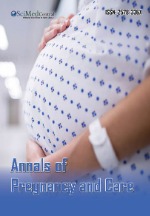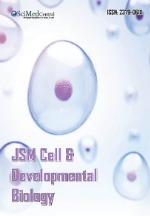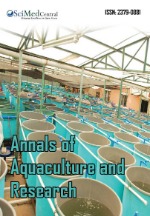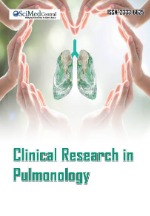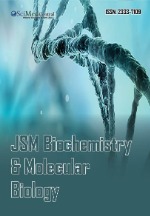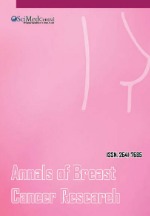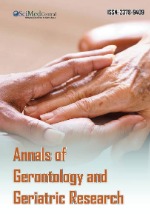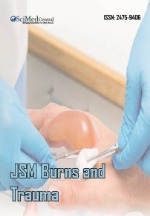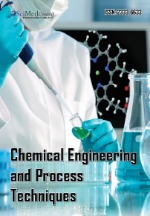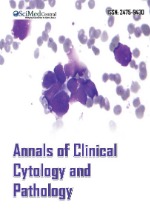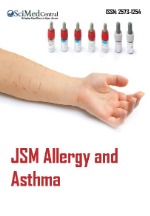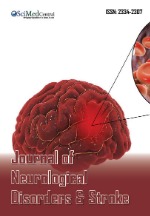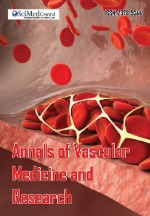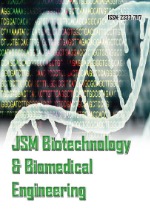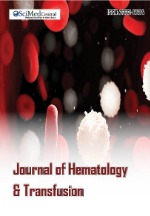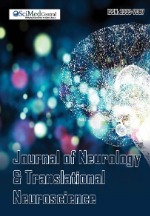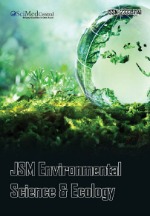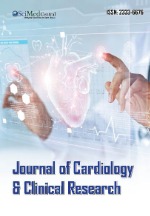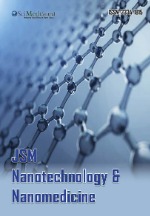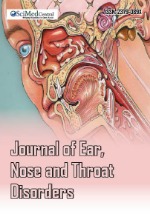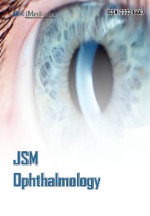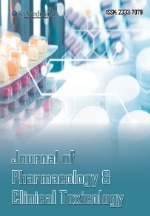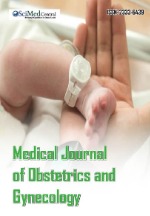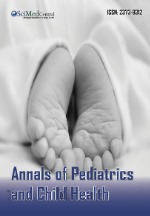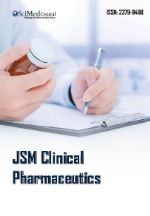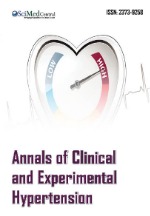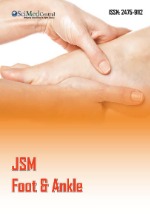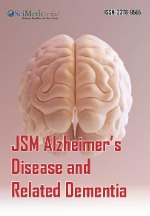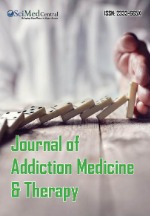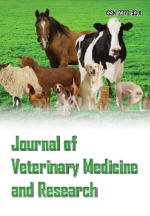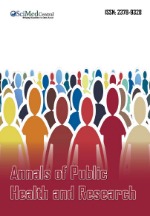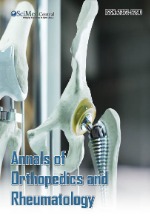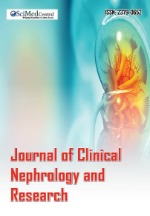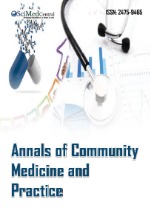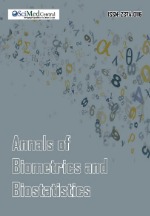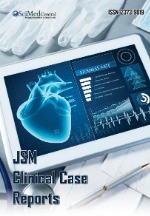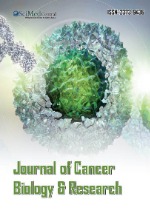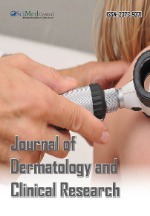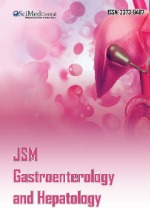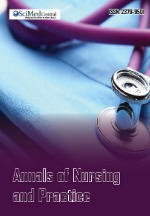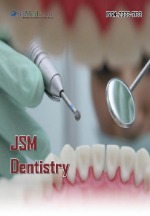Effectiveness of Natural Phytocomplex in Upper Respiratory Tract Diseases: Clinical Studies
- 1. “Biolit” Company, Russia
- 2. Kuzbass State Agricultural University, Russia
- 3. Kemerovo State Medical University, Russia
Citation
Sergun VP, Burkova VN, Bereslavets EA, Pozdnyakovskiy VM (2025) Effectiveness of Natural Phytocomplex in Upper Respiratory Tract Dis eases: Clinical Studies. J Immunol Clin Res 8(1): 1052.
INTRODUCTION
The products derived from Siberian fir foliage are widely utilized in folk and scientific medicine as preventive and therapeutic agents. Coniferous plants contain phytoncide complexes that exert lethal effects on pathogenic microflora. Experimental studies on six strains of various microorganisms have demonstrated that the extract from Siberian fir needles markedly inhibits their growth and development. Clinical research has established that after one month of comprehensive treatment for acute viral respiratory infections (VRI), which includes the intake of fir extract, there is a significant improvement in patients’ immune system parameters, an increase in T-lymphocyte counts, normalization of immunoglobulin G levels, and a reduction in circulating immune complexes. This, in turn, positively affects the disease course and reduces treatment duration by 1.4 to 1.6 times
OBJECTS AND METHODS OF STUDY
An aqueous extract of Siberian fir foliage has been developed and patented, followed by low-temperature (40-50°C) vacuum concentration in a tenfold manner. The phytocomplex has been registered by the Ministry of Health of the Russian Federation as a dietary supplement. To assess the effectiveness of the phytocomplex, two groups of patients were formed. The main group consisted of 30 patients with various manifestations of the disease, such as elevated body temperature, rhinitis, sore throat and/or pain, cough, and headache. They received, alongside basic therapy, the dietary supplement at three tablespoons (50 ml) every four hours until symptom resolution, followed by one tablespoon four times a day thirty minutes before meals, previously dissolved in a quarter glass of water. The overall course lasted ten days. The control group comprised 30 individuals with similar AVRI symptoms who received only standard therapy according to the current clinical recommendations of the Ministry of Health of the Russian Federation. The studied groups were comparable in age and sex, including 60 patients aged 18 to 60 years (48.7±11.4), of which 34 (56.7%) were female and 26 (43.3%) male.
The Interferon (IFN) status was analyzed, including spontaneous, serum, induced IFN-α, and IFN- γ, as well as the degree of IFN suppression and IFN-like activity of serum and supernatant fluid from blood cultures incubated in media containing phytohemagglutinin (PHA) or Newcastle disease virus (NDV), according to the method by Grigoryan S.S.
A comparative analysis of the therapy’s effectiveness was assessed based on the duration of disease symptoms including headache, weakness, sore throat, fever, nasal congestion/rhinorrhea, and cough.
PCR was utilized to study the presence of influenza viruses, adenoviruses, respiratory syncytial virus, rhinovirus, parainfluenza, bocavirus, metapneumovirus, herpes simplex viruses 1 and 2, Epstein-Barr virus, and human herpesvirus 6 in nasopharyngeal/oropharyngeal swabs. In cases of itching and rashes on mucous membranes and skin, local PCR swabs for herpes viruses were conducted, along with PCR swabs for RNA SARS CoV-2 from the nasopharynx.
Statistical analysis of the results was carried out using methods of variation statistics, employing licensed software and Microsoft Excel, the STATISTICA -12 package, and Student’s t-test. The study design included three visits: Visit 1 – Day 0; Visit 2 – Day 7 ± 2; Visit 3 – Day 30 ± 4. During visits, the patient presented a filled-out individual diary recording the severity of each symptom on a 3-point scale: 0 – absence of symptom, 1 – mild manifestation, 2 – moderate severity, 3 – pronounced symptom manifestation.
During the observation and treatment period, patients reported the tolerability of medications and any potential adverse effects of therapy; temperature was measured twice daily, and objective medical examinations were conducted. The study was carried out in accordance with the protocol and principles of the Helsinki Declaration of the World Medical Association, Good Clinical Practice (ICH GCP) guidelines, the Constitution of the Russian Federation, the Federal Law of the Russian Federation No. 323-FZ dated November 21, 2011, “On the Basics of Health Protection for Citizens in the Russian Federation,” and other relevant legislative acts and orders from the Ministry of Health of the Russian Federation. Approval was obtained from the local ethics committee prior to commencing the study.
The research was conducted at the FSBI “Central Research Institute of Epidemiology” of Rospotrebnadzor under the guidance of Doctor of Medical Sciences, Professor Zh.B. Ponezheva.
Objective of the Study
To evaluate the effectiveness of the coniferous biocomplex in acute respiratory viral infections.
RESULTS AND DISCUSSION
Using PCR, the following viruses were identified in the observation groups: rhinovirus in 35%, adenovirus in 11.7%, parainfluenza type 1 and respiratory syncytial virus in one case each, mixed infection (rhinovirus co-occurring with Streptococcus pneumoniae and Staphylococcus aureus) was found in four patients (6.7%), bacterial flora was noted in three cases (Streptococcus pneumonia, Staphylococcus aureus, mycoplasma), and opportunistic pathogens in insignificant titers in seven patients. Herpes virus infection was detected in 11 patients (18.3%) (HSV 1,2 in eight, Epstein-Barr virus in three), and COVID-19 was identified in two patients, while no pathogenic agent was detected in 10 patients (Table 1).
Table 1: Analysis of Viral Pathogens in Patients with ARVI
| Pathogen | Number of Patients (n=60) | % |
| Rhinovirus | 21 | 35 |
| Adenovirus | 7 | 11.7 |
| Parainfluenza | 1 | 1.7 |
| RSV | 1 | 1.7 |
| Mixed infection | 4 | 6.7 |
| Bacterial flora | 3 | 5 |
| EBV | 3 | 5 |
| HSV-1,2 | 8 | 13.2 |
| COVID-19 | 2 | 3.3 |
| Unverified Pathogen | 10 | 16.7 |
The suppression of the IFN system in patients with ARVI (n=60) revealed a moderate IFN system response in 19 (31.7%) patients, a weak (insufficient) response in 32 (53.3%) patients, and depression of the IFN system was detected in 9 (15%) individuals.
The comparative analysis of therapy effectiveness in patients was evaluated based on the duration of the following symptoms: headache, fever, weakness, cough, nasal congestion/rhinorrhea, and sore throat (Table 2).
Table 2: Duration of Major Clinical Symptoms in Patients with ARVI (Visit 2)
| Observation Groups | Headache (days) | Fever (days) | Weakness (days) | Cough (days) | Rhinitis (days) | Pharyngitis (days) |
| Main Group | 3.1±0.3 | 3.7±0.4 | 3.9±0.3 | 5.7±1.1 | 4.5±0.3 | 4.1±0.2 |
| Control Group | 3.9±0.7 | 5.9±0.6 | 4.7±0.3 |
During subsequent visits, the patients reported the severity of each symptom once again using the same scoring system. Throughout the treatment and observation period, the patients documented the tolerability of medications and any potential adverse effects, with temperature taken twice daily, and thorough medical examinations were performed at each visit
It should be noted that the intensity and duration of the febrile response were comparable between both groups prior to the initiation of therapy. The duration of fever increase in the main group lasted three days (1-4 days), while in the control group it persisted for five days (2 to 6 days). No statistically significant differences were observed in the alleviation of symptoms; however, a clear tendency towards earlier normalization of intoxication and catarrhal symptoms was evident in the main group. According to the diaries of patients in the main group, a decrease in temperature to 37.5°C occurred in over 75% of patients within the first three days of treatment, compared to 43% in the control group. Normal temperature was noted on the fourth day in 29 patients (96.7%), with only one patient with HSV-2 reporting fever above 37°C in the evenings on the ninth day (2nd visit).
In the control group, normal temperature was recorded by the fourth day in only 26.7% of patients; it was only on days 7-9 post-treatment that normothermia was observed in 90% of cases (2 patients were hospitalized for pneumonia, and one for COVID-19).
Comparing the necessity and frequency of treatment corrections with the addition of antibacterial therapy in the observation groups, it was noted that no corrections were required in the main group, while three patients in the control group underwent such a course and two patients were hospitalized on the fifth day due to pneumonia development.
By the third day, there was a significant decrease in the percentage of patients in the main group experiencing pronounced weakness, recorded at 56.7%, whereas 73.3% of patients in the control group reported weakness (p=0.028). On the seventh day of therapy, the percentage of patients without cough in the main group was 63.3% (19) and significantly higher than in the control group at 36.7% (11) (p=0.02)
The reduction in the severity and intensity of this symptom was observed in all patients in both groups by the second visit (Table 3), and was practically absent in patients by the third visit (Table 3).
Table 3: Percentage of Main Clinical Symptoms in the Observation Groups Visit 3 (21±2 Days)
| No. | Clinical Symptoms | Main Group (1) n=30 | Control Group (2) n=29 | Significance |
| P1-2 | ||||
| 1 | Weakness | 2 (6.7%) | 5 (17.2%) | <0.01 |
| 2 | Headache | 1 (3.3%) | 2 (6.9%) | <0.05 |
| 3 | Fever (≥37.5°C) | 1 (3.3%) | 2 (6.9%) | <0.05 |
| 4 | Sore Throat | 2 (6.7%) | 5 (17.2%) | <0.01 |
| 5 | Cough | 1 (3.3%) | 3 (10.3%) | <0.001 |
| 6 | Dyspnea | 0 | 1 (3.4%) | |
| 7 | Itching/Rashes | 1 (3.3%) | 2 (6.9%) | <0.05 |
| 8 | Rhinitis | 0 | 1 (3.4%) |
A pronounced tendency towards shortening the catarrhal and intoxication period and accelerating patient recovery in the main group was noted, indicating the appropriateness of a more in-depth study of the effectiveness and mechanisms of action of the drug “Florenta.
Moreover, the tolerability of the drug “Florenta” was rated as “very good” by 27 (90%) and “good” by 3 (10%), patients; no side effects or serious adverse events were recorded during the observation period. As indicated in Table 3, in the main group of patients receiving “Florenta,” there were significantly fewer patients with residual clinical symptoms
The severity of residual symptoms (weakness, cough) was rated by a COPD patient in the main group at 1 point, while a patient with recurrent herpes virus infection rated her weakness at 1 point, headache at also 1 point, evening fever up to 37.5°C, itching, and rashes on the mucosa and skin of the right buttock at 2 points. An exacerbation was detected during the examination at the third visit, necessitating the prescription of appropriate antiviral therapy “Valtrex” at 1000 mg twice a day for 5 days, plus “Panavir” locally for 5 days and “Populin” at three capsules three times a day for one month for treatment of recurrent genital HSV-2, a monotonous course in the stage of exacerbation. In the control group, symptoms were observed in 5 individuals with severity rated at 2 points, while 3 patients experienced cough, weakness, headache, and weakness rated at 1 point.
In the main group, following the completion of the course, there was a significant stabilization of the interferon status recorded post-treatment, with no viral shedding observed in all cases. Examination of serum interferon profiles (IFN-alpha and gamma) failed to reveal statistically significant differences between the groups both before and after treatment. In the observation groups before treatment, the production of IFN-alpha was approximately half of the conditional normal level. There was a noted trend towards normalization of IFN levels following treatment. No significant changes in IFN-alpha levels were established in either group post-treatment (Table 4)
Table 4: Serum Interferon Levels in ARVI Patients Over Time
| IFN (pg/ml) | Healthy | Dynamic Indicators in the Observation Groups |
| Main Group (n=30) | ||
| Before Treatment (n=30) | ||
| IFN-alpha | 8.1±0.9 | 3.8±1.1* |
| IFN-gamma | 6.3±1.0 | 2.6±0.4* |
Notes: Quantitative parameters are presented as mean ± standard deviation (M±SD). Bold indicates statistically significant differences between groups pre- and post treatment using the Mann-Whitney criterion at p<0.05; * - statistically significant differences compared to healthy controls
A statistically significant decrease in IFN-alpha and gamma concentrations in the blood serum of AVRI patients was revealed in both studied groups compared to corresponding figures from the healthy control group. The most pronounced decrease in IFN-alpha was noted in patients with herpes virus infection. A significant increase in serum IFN-gamma levels post-treatment was observed in the main group (4.7±0.7; p<0.05). The control group demonstrated a marked trend towards positive dynamics in the parameters of IFN and cytokines being studied.
Analysis of interferon status (IFN status) after therapy in the observation groups revealed a significant improvement in the studied IFN parameters in the main group. Complete normalization of IFN status response was observed in 5 (16.7%) patients, while the number of patients with a moderate IFN response rose to 17 (56.7%); a weak (insufficient) defensive response was detected in 6 (20%) patients. The number of patients exhibiting depression of the IFN system decreased by half from 13.3% to 6.7% (2 patients). In the control group, significant improvement in IFN status was observed in only 13 (43.3%) ARVI patients, with one patient with pneumonia (COVID-19) exhibiting worse IFN status leading to suppression/depression. No change was observed in 5 patients with depressed interferon status, and complete normalization of IFN system response was found in only 2 patients (13.3%).
CONCLUSION
The inclusion of dietary supplements in the therapy of patients with mild and moderate forms of ARVI facilitates faster relief of clinical symptoms, enhances the effectiveness of the comprehensive treatment undertaken, reduces the risk of complications, and has a favorable effect on the overall prognosis of the disease. The tolerability of the phytopreparation was assessed by patient survey as “very good,” confirming the high safety profile of the dietary supplement under study. The results indicate a trend towards normalization of interferon status and suggest a promising therapeutic potential for the use of the biocomplex in the treatment of patients with ARVI, including COVID-19.
REFERENCES
1. Grigoryan SS, Mayorov IA, Ivanova AM. Assessment of the Interferon Status in Humans Using Whole Blood Samples. Questions of Virology. 1988; 433-436.
2. Sergun VP, Bereslavets EA, Ageenko DD. Natural Resources of Siberia and Their Use in Health Food Systems /”Innovative Technologies and Biotechnologies in Agriculture and Nutritional Science. St. Petersburg, Lan Publishing. 2024; 36-60


